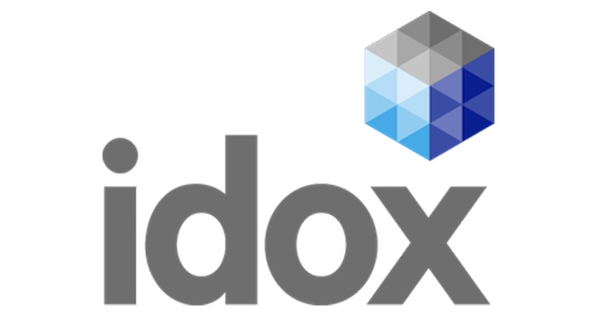Panorama: fighting for an education – why it’s time to digitise EHC pathways
In England, there are around 1.4 million pupils with special educational needs (SEN). There is support available to aid their learning and development, with 3.3% of all pupils in England on an education, health and care (EHC) plan, while a further 12.1% receive SEN support without an EHC plan.
Receiving such support is based on a number of processes, which were the focus of a recent edition of BBC’s Panorama. First broadcast on 7 September, the episode – titled ‘Fighting for an education’ – explored the challenges parents and carers face in securing EHC plans for children with SEN.
Paper and email-based processes to make life-changing decisions
Such stories are never nice to hear and they are, unfortunately, not unique to those featured. Yet the programme wasn’t able to reflect
the pressures that local authorities (LAs) are under. Not providing a full picture doesn’t help the situation and there needs to be a greater understanding around the challenges that all of the involved stakeholders are facing.
LAs, and particularly those individuals working in SEN (of which many have children with SEN themselves), want to help children get the support they need. But, what the programme didn’t make clear is that LAs are simply one part of the decision-making process when it comes to EHC plans.
For a child to receive a plan, they must have an assessment from professionals across health, education and social care, with the LA collating all of the information and making a decision based on the experts’ evaluations. The process is often heavily paper and email-based, making it incredibly complex for case workers, who may be in charge of 200+ children, to make an assessment quickly. They simply don’t have the resources and are under incredible pressure to make a potentially life-changing decision.
A lack of communication exacerbates the situation
What the programme did make apparent, however, is that there is a lack of communication between LAs and parents/carers, with one parent commenting that she didn’t understand the EHC plan process even though she had been through it for her son.
The difficulty is that there’s little transparency of the process. After a child’s school or the parent/carer have made the request for an EHC assessment, parents may hear very little until until a decision letter is received. There are statutory time frames for each step of the journey, but with little insight into proceedings it’s difficult for those on the outside to know exactly what is going
on. With so few touchpoints, the journey seems disjointed and parents/carers feel like they are kept in the dark, which makes the final decision, should it not be what was hoped, more of a shock.
It’s clear that something needs to change. There is so much emotion attached to EHC plans, stemming from the fact that parents/carers have probably already had years of fighting for their child’s needs long before EHC needs assessments are requested. It’s just another hurdle to getting their child a fair education. As such, there needs to be a more delicate process that balances those emotions alongside transparency and efficiency
What role can technology play?
We understand that EHC pathways are complex and that the decisions made have life-changing implications, so we collaborated with LAs, parent carer forums and professionals across education, health and social care for more than four years to identify where bottlenecks and pain points exist. With that information, we developed the EHC Hub.
The EHC Hub is a digital platform that addresses the complexities and enables all parties to engage throughout the assessment process. Currently used by 22 LAs, it provides contextual information for each stakeholder group at every stage, clearly defining what content should be included, expectations of next steps and confirming key timeframes. Importantly, parents/carers can log in at any point to see how assessments are progressing, adding much needed transparency.
Also, a more digital-based process is key to alleviating the administrative burden placed on case workers. When platforms are intuitive and efficient, case workers potentially have more time for meaningful engagement with families. Open and transparent conversation is vital, particularly for when explaining why a certain decision has been made, so digital transparency of the platform also helps to allow more face-to-face communication.
The digital portal also enables the uploading of multimedia content. This allows parents/carers to provide pictures and videos of the children being assessed, giving case workers more insight into their personalities. Visual multimedia is so much more powerful than traditional write-ups.
Alleviating pressures and increasing meaningful engagement
The EHC Hub can have a major impact on how assessments are managed and increase engagement between those involved. While it won’t have a direct impact on the assessment outcome – that is purely conducted by the case worker based on the experts’ evaluations – it does facilitate decision-making and alleviate administrative pressures, enabling more time to be spent with children, parents and carers.
The increased transparency also means no stakeholder is left in the dark; they are able to contribute, understand how and why decisions are being made, and how assessments are progressing – all challenges identified by Panorama.
Ultimately, every child has the right to an education. It’s time for all LAs to consider how digital technology can help them to enhance processes around EHC plans to ensure all are receiving consistent assessments and the help they need.



